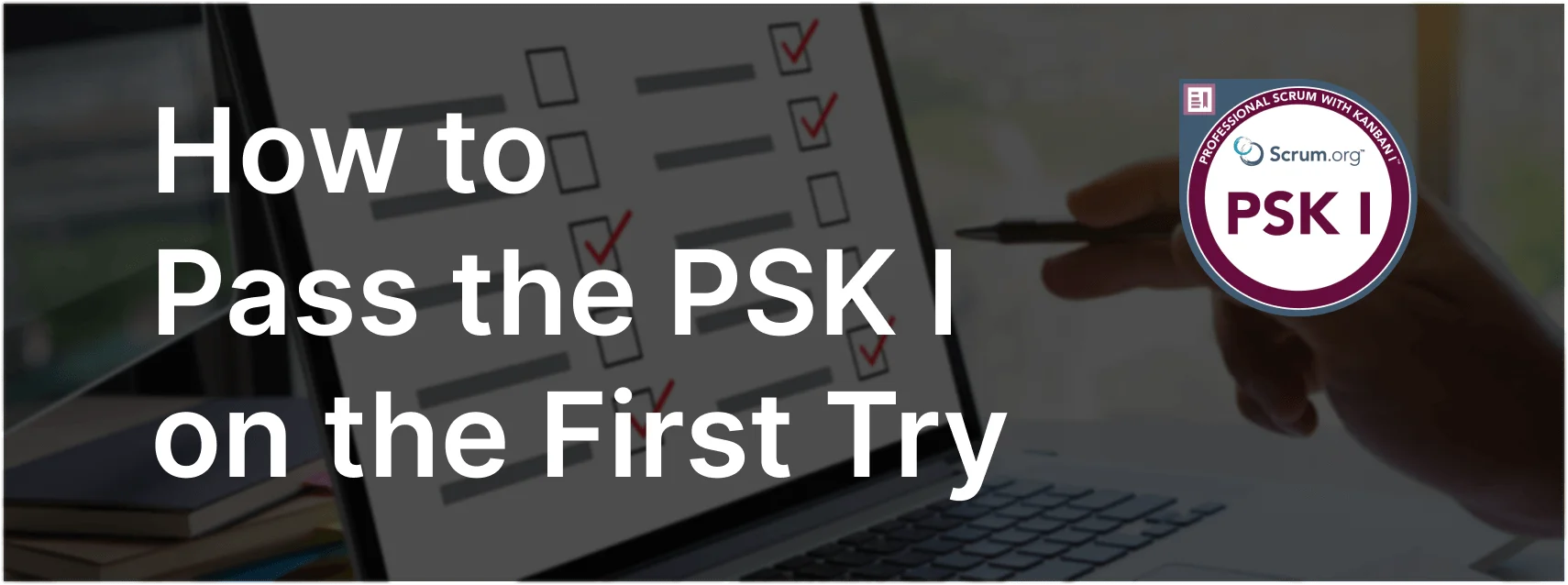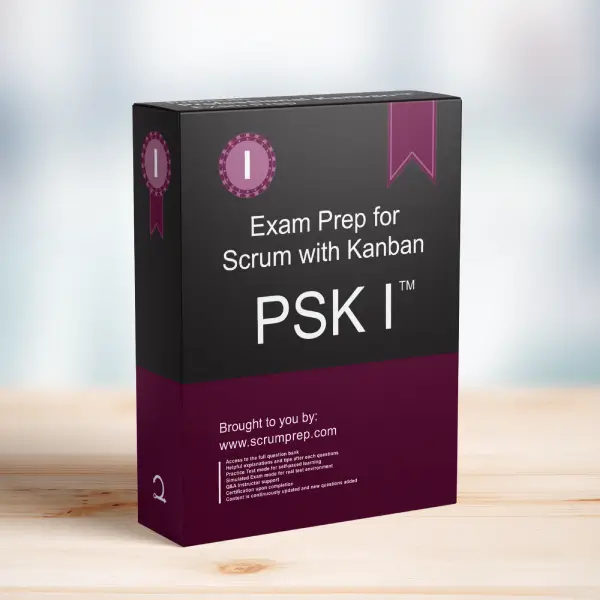Adjusting Work in Progress (WIP) Limits in Scrum with Kanban
Adjusting Work in Progress (WIP) limits is a critical aspect of managing workflow effectively in a Scrum team that uses Kanban practices.
Exam Question
In which of these situations should the Scrum Team adjust their Work in Progress (WIP) Limits?
(choose the best answer)
A. When there is unplanned urgent work that emerges during the Sprint.
B. When they see that the average story size they are working on is growing.
C. When they have extra capacity during the Sprint and want to start some new work items from the Sprint Backlog.
D. When they want to improve their cycle time, flow, and focus.
Correct Answer
D. When they want to improve their cycle time, flow, and focus.
Explanation
Correct Answer
D. When they want to improve their cycle time, flow, and focus:
Adjusting WIP limits is a strategic decision aimed at improving the overall efficiency and effectiveness of the team’s workflow. By adjusting WIP limits, the team can optimize their cycle time, enhance the flow of work, and maintain better focus on the tasks at hand. This adjustment is made to achieve continuous improvement in their processes, ensuring that they deliver value more consistently and predictably.
Why the Other Options Are Less Effective
A. When there is unplanned urgent work that emerges during the Sprint:
While handling unplanned urgent work is important, adjusting WIP limits for this reason alone can disrupt the team’s workflow and lead to chaos. It’s better to handle urgent work within the existing limits and reassess WIP limits during regular reviews.
B. When they see that the average story size they are working on is growing:
Increasing story size might indicate the need for better refinement or splitting stories into smaller tasks, but it does not directly warrant adjusting WIP limits. The team should focus on maintaining manageable story sizes instead.
C. When they have extra capacity during the Sprint and want to start some new work items from the Sprint Backlog:
Having extra capacity might tempt the team to take on more work, but adjusting WIP limits for this reason can lead to overcommitment and reduced focus. It’s better to stick to the existing WIP limits and use the extra capacity to help complete existing tasks or improve processes.
Importance of Adjusting WIP Limits
- Optimizing Cycle Time: By adjusting WIP limits, the team can ensure that work items move through the workflow more quickly and efficiently.
- Enhancing Flow: Proper WIP limits help maintain a smooth and steady flow of work, reducing bottlenecks and delays.
- Maintaining Focus: Keeping WIP limits in check allows the team to focus on completing work items before starting new ones, leading to higher quality and better outcomes.
Effective Practices for Adjusting WIP Limits
- Regular Review: Periodically review WIP limits during Sprint Retrospectives or other appropriate meetings to ensure they align with the team’s capacity and goals.
- Data-Driven Decisions: Use metrics and charts, such as the Cumulative Flow Diagram and Cycle Time Scatterplot, to inform decisions about WIP limits.
- Continuous Improvement: Aim for incremental adjustments to WIP limits based on observed performance and feedback, promoting continuous improvement.
Relevance to the PSK I Exam
Understanding when and why to adjust WIP limits is crucial for the PSK I exam. It demonstrates knowledge of how to manage workflow effectively and improve team performance through Kanban practices.
Key Takeaways
- Adjust WIP limits to improve cycle time, flow, and focus.
- Avoid adjusting WIP limits for handling unplanned work, growing story sizes, or temporary extra capacity.
- Regularly review and adjust WIP limits based on data and team performance to achieve continuous improvement.
Conclusion
The Scrum Team should adjust their WIP limits when they aim to improve their cycle time, flow, and focus, ensuring optimal performance and continuous improvement. For more information on preparing for the PSK I exam, visit our Professional Kanban PSK I™ Exam Prep.



